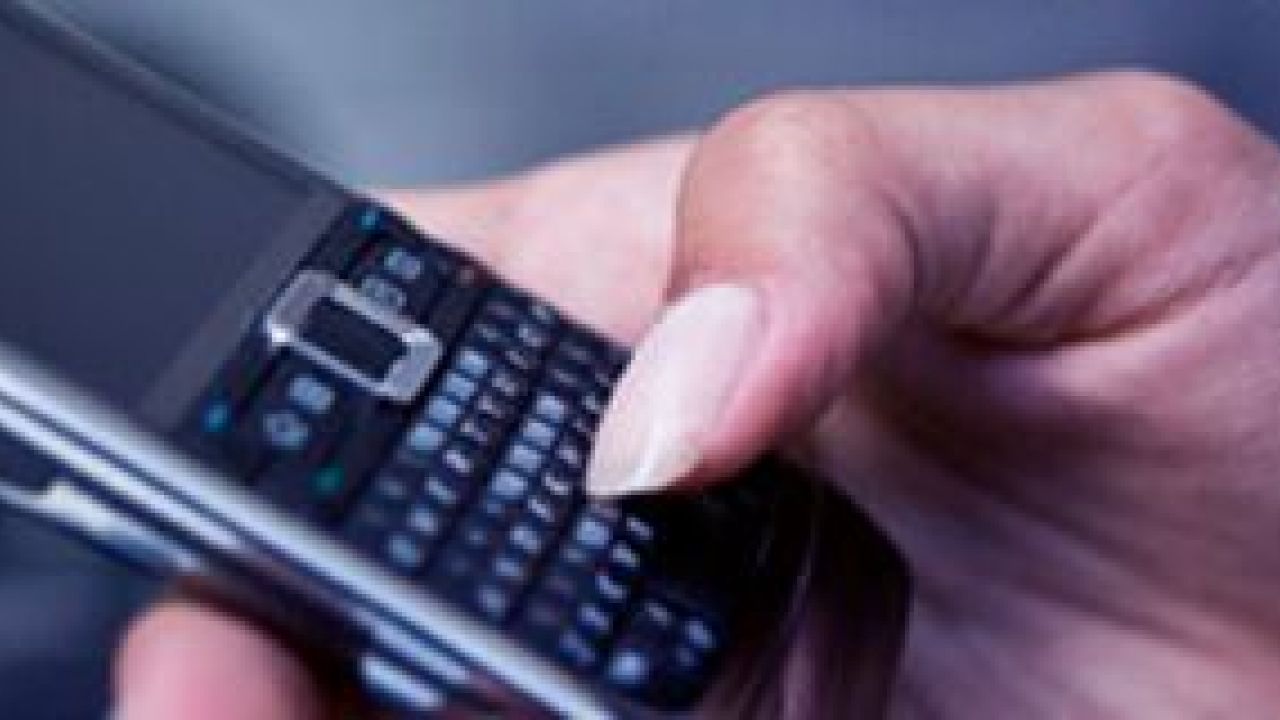
The science may not yet be decided on the effects of cell phone radiation on human health, but recent research is unsettling enough that Environmental Working Group (and government safety agencies around the world) recommends reducing your exposure where you can.
This blog series breaks down EWG's recent report on cell phone radiation - so far we've talked about the science of cell phone radiation and simple steps to limit your exposure.
By now you may be wondering where the government is in all this - shouldn't they be making sure that products on the market are safe for everyone? Read on to learn about current US cell phone standards, how they stack up (not well) and what you can do to make them stronger. How the government regulates cell phone radiation Mobile phones are regulated by the Federal Communications Commission (FCC), which established rules on how much radiation cell phones can legally emit back in 1996 (did you have a cell phone 13 years ago?). These limits are based on specific absorption rate (SAR) values, which measure the rate at which energy is absorbed by your body's tissue.
Phone manufacturers use plastic models of the head to test how much radiation their phones emit and then submit the data to either the FCC or an FCC-approved certifier for authorization.
The permissible amount of radiation depends on the part of the body:
- Head: up to 1.6 W/kg
- Whole body: up to 0.08 W/kg
- Hands, wrists, feet, and ankles: up to 4 W/kg
Federal rules aren't strong enough - and have never been updated Public agencies set many kinds of safety standards for public health; we have rules for the maximum levels of contaminants in tap water, pesticide residues on food, etc. Officials begin by assuming a certain level of pollutants/residue/radiation is safe and then reduce that level to create a margin of safety. By setting a maximum allowed amount lower than what the research indicates is safe, regulations account for uncertainty about how contaminants might affect humans and for the extra vulnerability of certain groups, such as children.
The FCC based its cell phone regulations on suggestions made in 1992 by the Institute of Electrical and Electronics Engineers (IEEE), an industry body. These dated standards rely on data from animal studies conducted in the 1970s and 1980s that assume a SAR value of 4 W/kg as the highest permissible exposure level before adverse health effects may begin to take place.
17 years later, we see a few problems with these assumptions:
-
There's no margin of safety
Generally a margin of safety is between 50 and 100 times lower than the point at which health problems might occur. But for cell phone radiation exposures to the head, the standard for cell phones allows a SAR value up to 1.6 W/kg - a margin of safety of only 2.5 times. And for exposures to hands, wrists, feet and ankles, cell phones can legally have a SAR value of 4 W/kg - no margin of safety.
Because of their thinner skulls, SAR values can be twice as high for children as for adults - and though younger and younger kids are using cell phones, current standards do not account for children's extra risk.
- The assumed "safe" SAR level may be too high The growing body of research on cell phone radiation indicates that even 4 W/kg may be too high to be considered a safe amount of exposure - more and more studies show biological effects at SAR levels far below.
-
They don't consider long-term exposure
The studies on which the 4 W/kg threshold is based only focused on short-term exposure to radiation. Recent research shows long-term cell phone use associated with a higher risk of health effects, so the current standard may not adequately take into account the potential effects of a lifetime of cell phone talking, especially for those who begin at a young age.
The US lags behind Government agencies of the UK, France, Germany, Switzerland, Israel, Finland and the European Parliament have all recommended limiting cell phone exposure, particularly for children. The French government is even considering legislation to restrict advertising of cell phones to children under 14 and to require all cell phones be sold with accompanying headsets.
The strongest recent statement by a US agency comes from an FDA Office of Women's Health publication saying "more studies on cell phone radiation are needed" and "people who use cell phones need to be told of any bad effects." So much for proactively protecting public health.
What should our government be doing? It's time for the FCC to bring its regulations into the 21st century by taking all of the most recent research into account to create a standard that is protective for all Americans, especially the youngest and most vulnerable.
A recent Capitol Hill hearing on cell phone radiation, at which EWG testified, shows some renewed interest on the part of Congress in funding more cell phone research. But your government officials need to hear from you: use EWG's easy form to send an email telling the FCC and FDA to modernize cell phone safety standards.
In the meantime, take steps to reduce your exposure to radiation by following EWG's 8 simple steps to reduce cell phone radiation exposure. And come back for the next installment in our cell phone series: finding a low-radiation phone.


